We Tested Over 80 New Sunscreens—These 10 Are Worth Your Money
2025’s SPFs are in a league of their own.
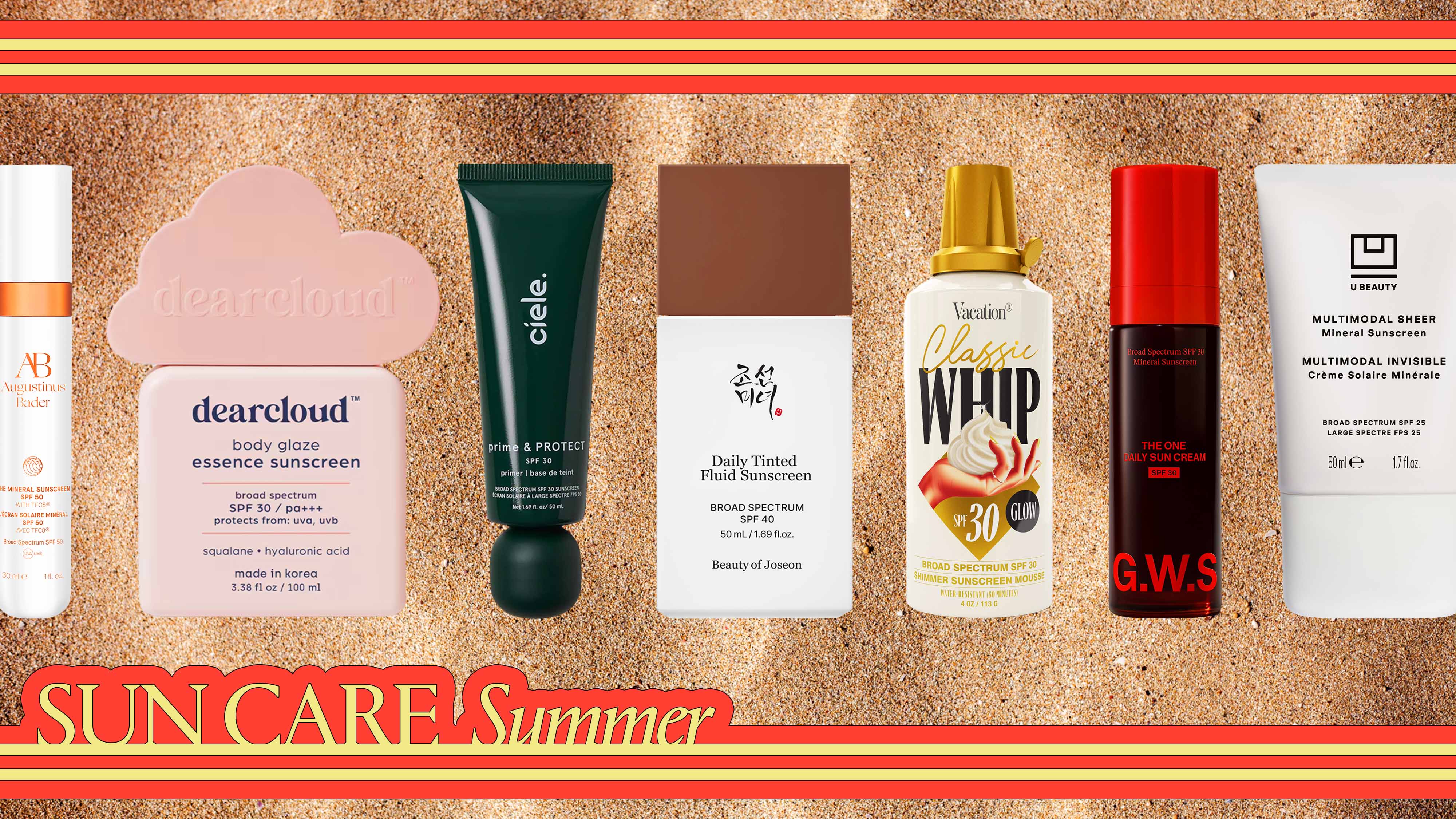
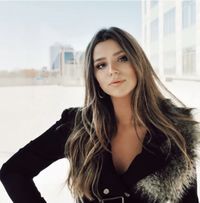
I used to treat sunscreen application like a chore—the beauty equivalent of doing taxes or taking out the garbage. Necessary, yes, but tedious and unrewarding. Now? That narrative has flipped. Not because I suddenly accepted it, but because sunscreen got smarter. The formulas feel better, look better, and blend better than ever. I don't have to remind myself to wear SPF—I actually want to.
In 2025, sunscreen is as essential as it is enjoyable. It's no longer enough for a formula to simply "not leave a white cast" or "not clog pores." That's the baseline. As board-certified dermatologist Mona Gohara, MD, of Dermatology Physicians of Connecticut, puts it: "Sunscreens have gone from chalky to chic,” thanks to more advanced ingredient delivery systems, sheer mineral blends, and new technologies that make the textures feel lighter and more elegant.
Unfortunately, the U.S. hasn't approved new UV filters in decades, which makes it more difficult to design an elegant formula. (There is some hope: for the first time in over 20 years, new filters are under review at the FDA.) Still, brands are finding ways to improve on their past offerings, like including skincare-first ingredients and extending shade ranges.
The Marie Claire beauty team has spent the last six months swatching, testing, reapplying, and debating every new launch worth your attention. From mineral and chemical options to glow-boosters with tinted coverage, and even formulas that turn the application process into a sensorial experience, these are the standout sunscreens of 2025, handpicked by Team Marie Claire Beauty and vetted by the experts.
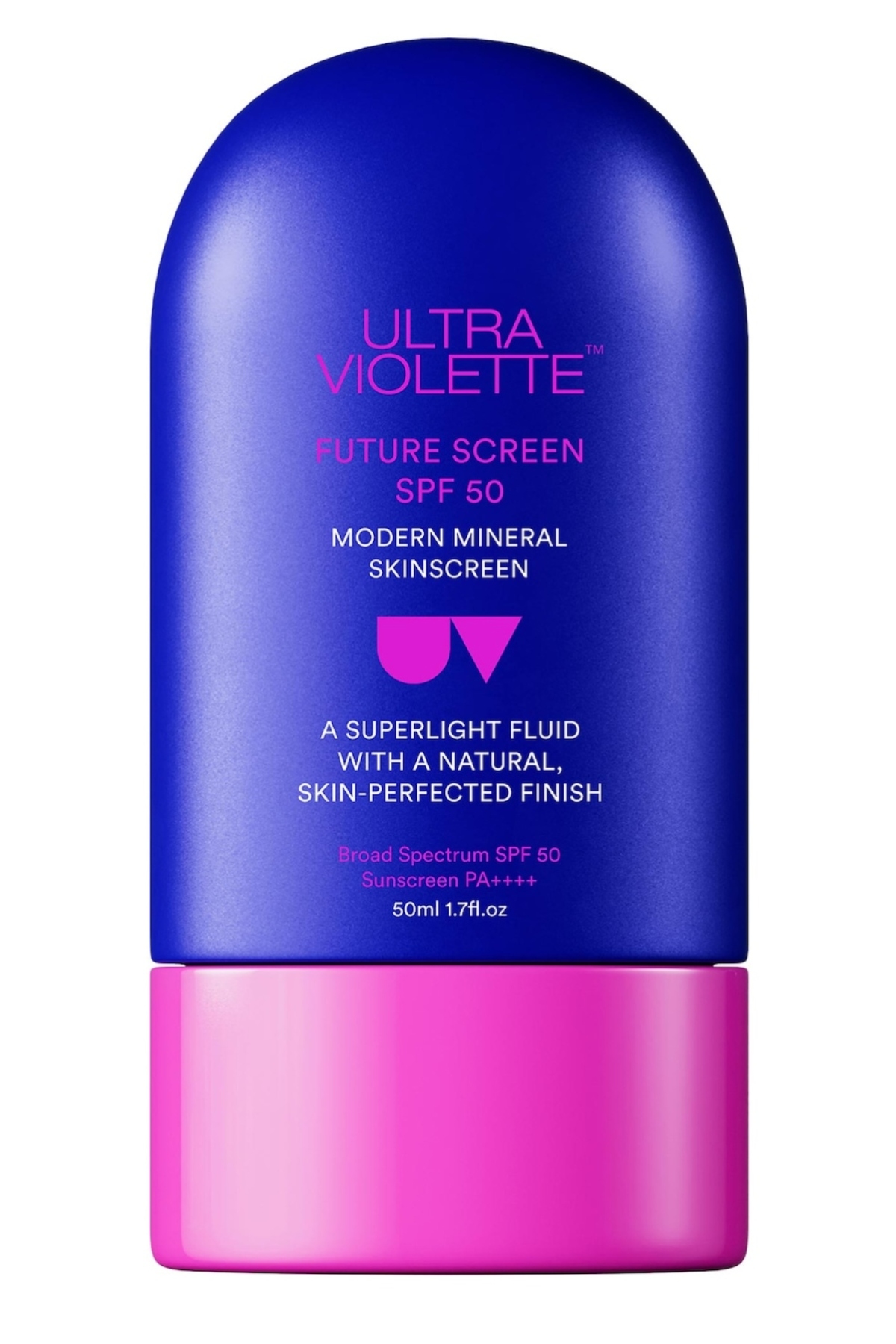
Ultra Violette, or Vi for short, is the Australian SPF brand that's gone viral abroad and is finally (finally!) available in the U.S. Because American sunscreen regulations differ from those overseas, requiring specific approvals and testing, Vi had to reformulate its products for the U.S. market. Cosmetic chemist Jane Tsui said they “knocked [ed] it out of the park." Built for Australia's notoriously brutal conditions, where the UV index often hits 10-plus, every product in the line offers powerful protection from the sun while feeling lightweight enough to incorporate into your everyday skincare routine.
The Future Screen SPF 50 is a favorite among the MC team for its silky-serum texture that disappears instantly, and leaves skin looking glowy, not heavy or greasy. Plus, it's packed with vitamin E for extra antioxidant protection and a formula that stays effective longer in the sun. It's everything we love about mineral sunscreen, without the usual drawbacks like a heavy, goopy feel or white residue.
What I Love: Contains squalane to prevent moisture loss; Fragrance-free formula that's safe for sensitive skin; Non-greasy feel
What I Don't: Although oily skin can use it, they may want to opt for a more mattifying formula
SPF: 50
Type: Mineral
Broad Spectrum Protection? Yes
MC Beauty Editor Review: "I’m a melasma girlie, which means I have to abstain from chemical sunscreens and instead reach for the (often heavier or chalky) mineral SPFs to prevent new dark patches from cropping up on my cheeks. Luckily, it’s 2025, and brands are getting savvier with their formulations, which means that the dreaded white cast is nowhere to be found—if it’s an exceptional SPF. My newest obsession from this crop of fresh products? The Ultra Violette Future Screen SPF 50 Modern Mineral SKINSCREEN. Australian sunscreens are the best in the world, in my not-so-humble opinion, because they are exposed to the harshest UV rays of any country. They have no choice but to formulate an exceptional sunscreen. And now that the brand is available in the States, my epidermis is so, so grateful. This formula is the ideal medium-weight texture; it blends in seamlessly to the skin, and it doesn’t take a million hours to sink in (helpful for someone who is always short on time in the morning). My skin feels like it can breathe when I wear this, which makes it a pleasure to apply (and reapply). 10/10, no notes." — Hannah Baxter, Beauty Director
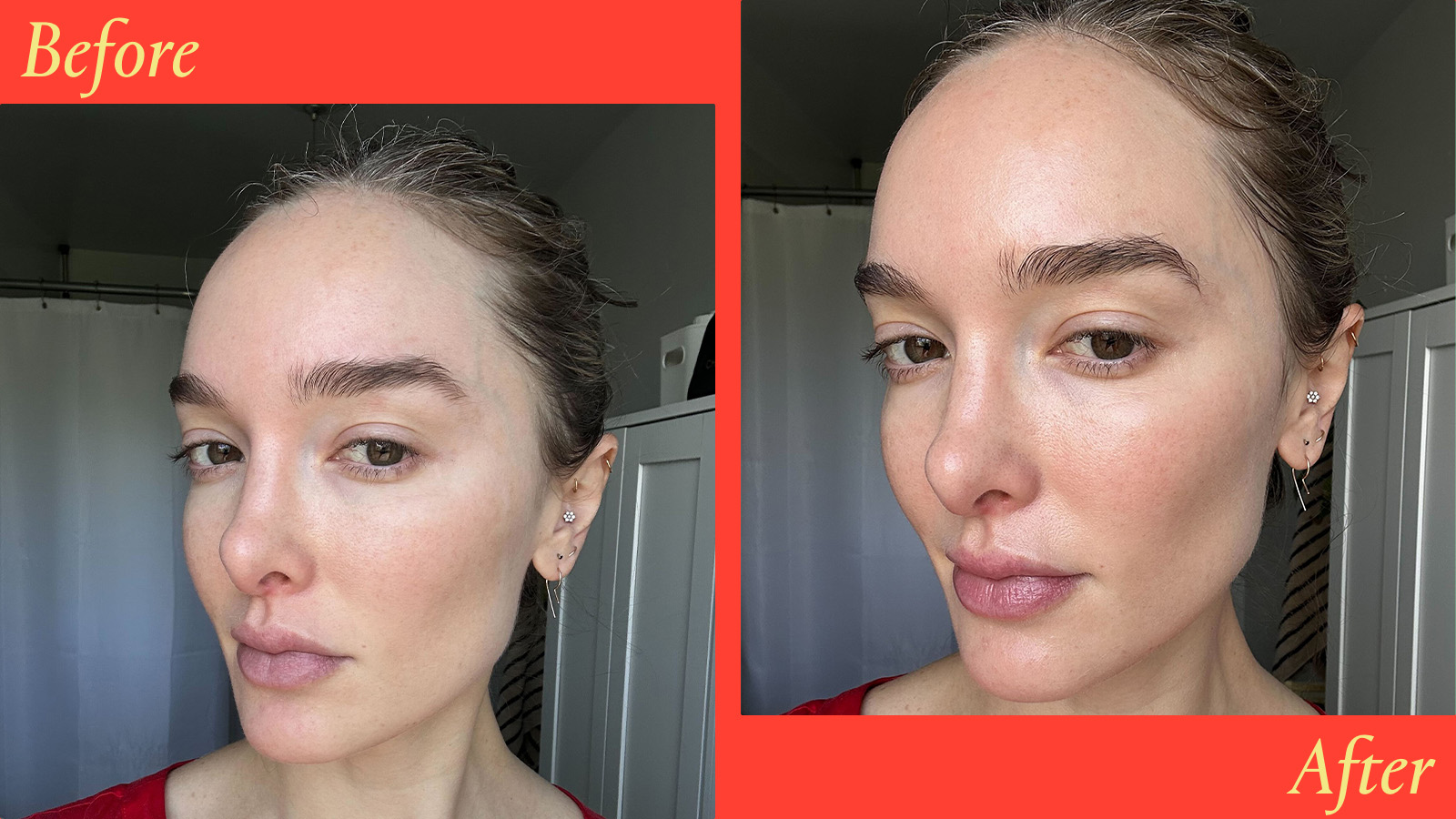
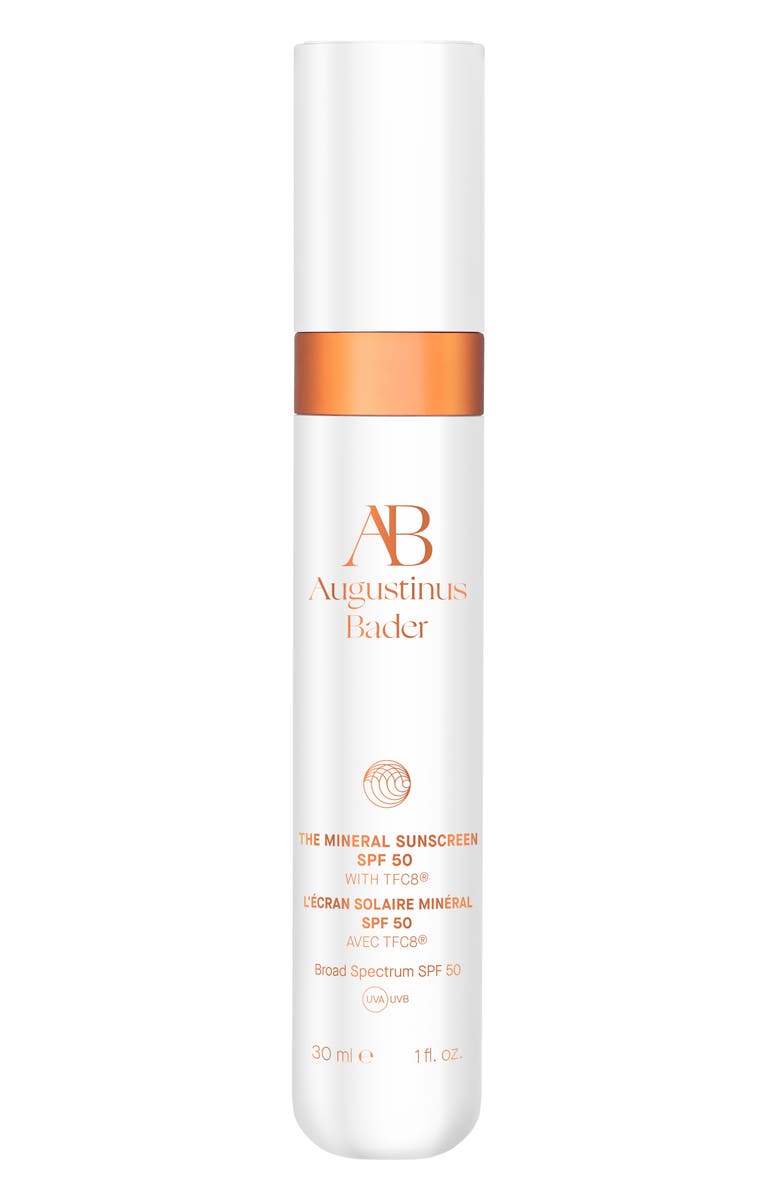
The price tag on Augustinus Bader's newest mineral SPF makes sense when you consider how it looks, feels, and performs. The formula melts into the skin with its buttery-smooth texture, leaving behind a subtle glow instead of a greasy sheen. Right away, my complexion looks smoother, thanks to the brand's signature TFC8 complex, a peptide blend that helps boost collagen and firm fine lines over time. It’s also packed with antioxidants that help the sunscreen perform better. So while it's shielding your skin from the sun, it's also working hard at a cellular level to undo any damage that's already been done.
What I Love: A great option for mature skin; Works at a cellular level to produce collagen; Has the texture of the iconic Augustinus Bader The Rich Cream
What I Don't: Testers with darker skin tones reported a white cast
SPF: 50
Type: Mineral
Broad Spectrum Protection? Yes
MC Beauty Editor Review: "This SPF is definitely a thicker formulation and takes a moment to rub in. That said, it has become my go-to for everyday wear thanks to its ability to act as my moisturizer. The additional active ingredients (hi, oils, vitamin E, and squalane) perform like skincare, so all I do is add a hydrating serum, warm the formula up with my fingers, and rub it in until it disappears. My skin feels so soft and smooth, and most of all, protected." — Siena Gagliano, Beauty Editor
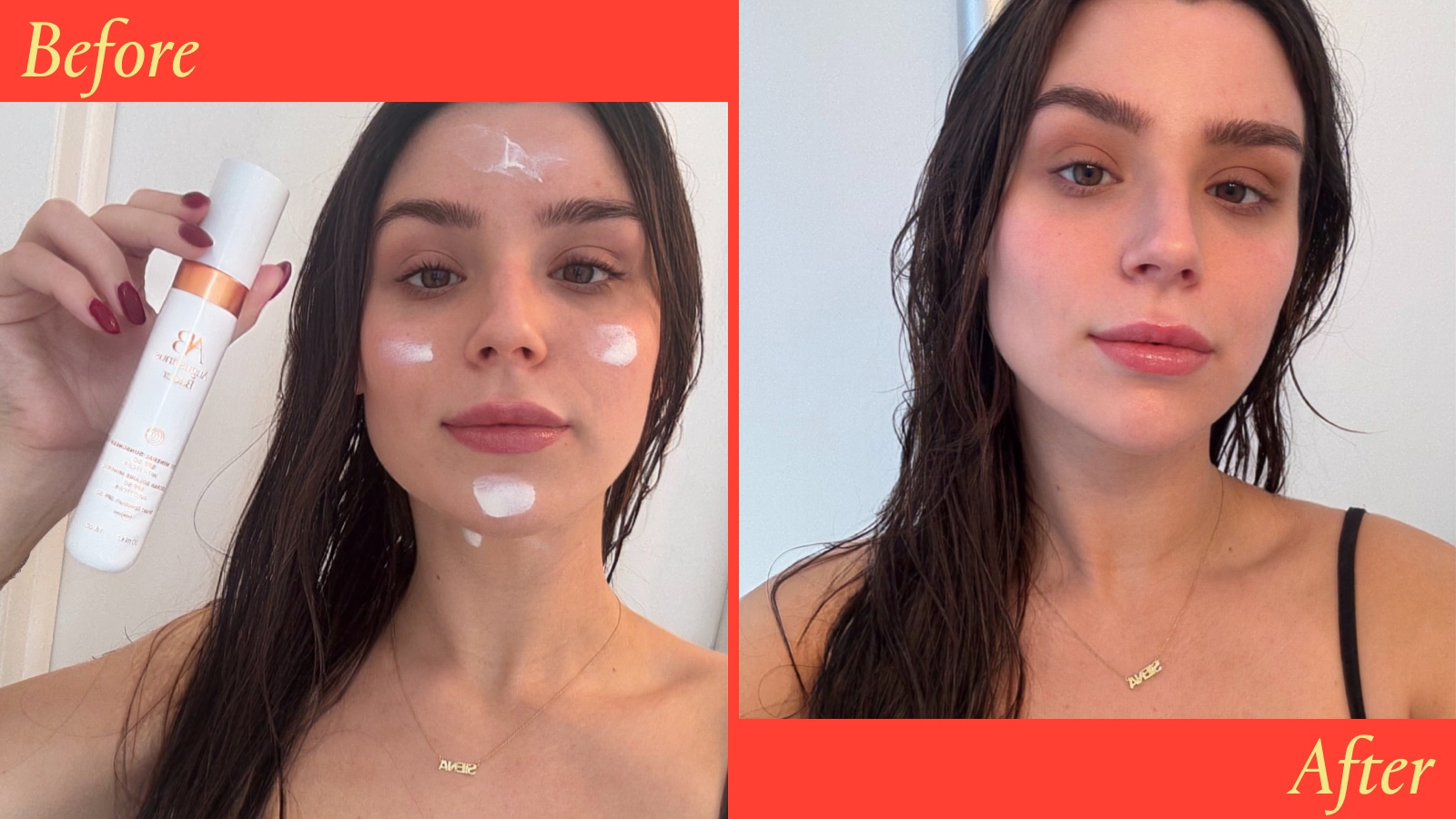
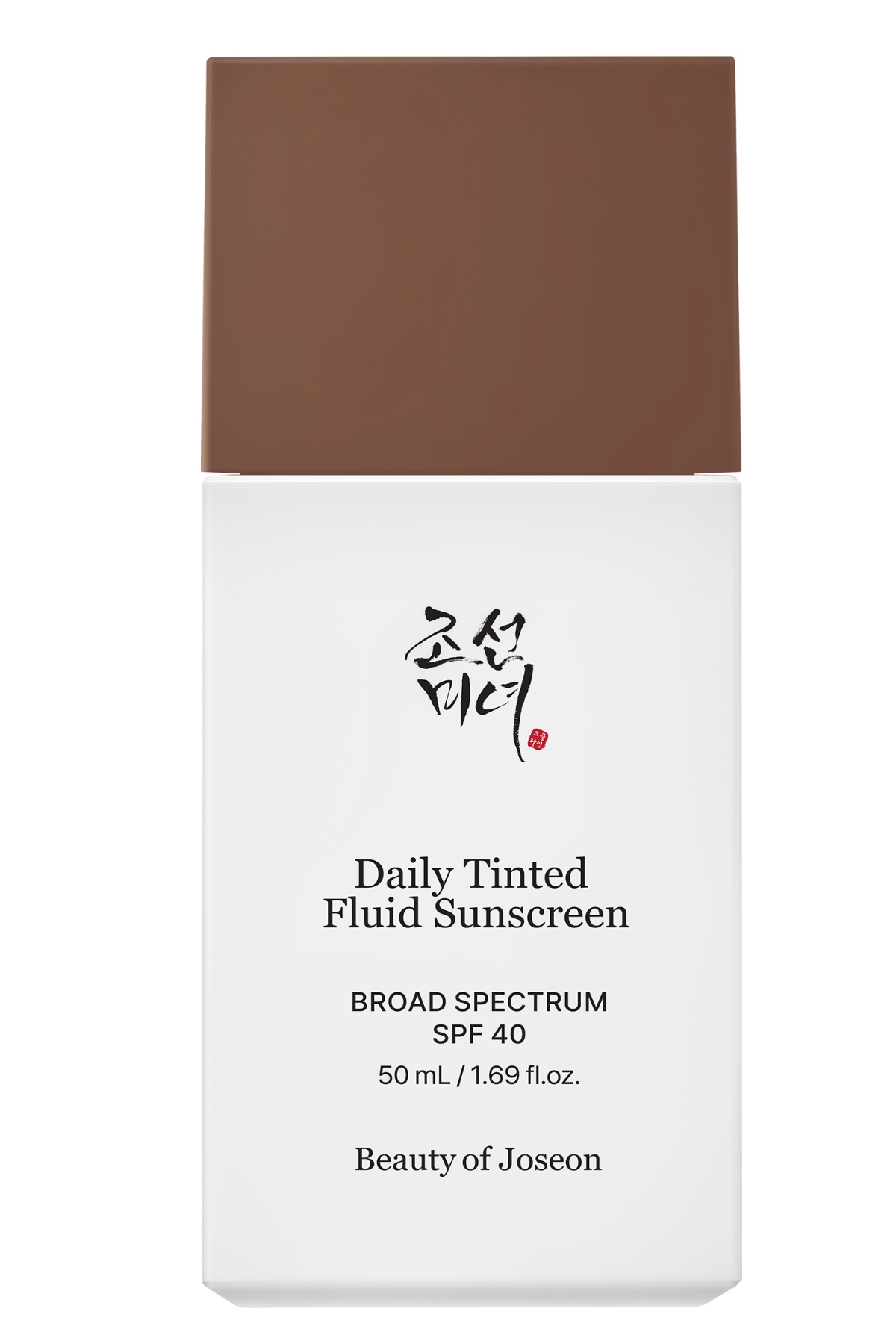
Anyone in the beauty world knows that before 2021, getting their hands on the original Beauty of Joseon Relief Sun SPF felt like winning the lottery, considering you’d have to travel overseas to get your hands on it. (I'd often stock up at pharmacies in Europe when on vacation.) Then, the brand reformulated the sunscreen to meet American FDA regulations using U.S.-approved chemical UV filters, making it accessible stateside. But cut to 2025, and Beauty of Joseon dropped a tinted version that instantly became a fan favorite thanks to its 100 percent mineral formulation. It delivers a glassy, sheer wash of color that blurs texture and evens out tone, and despite being loaded with moisturizing oils to help support the skin barrier, never feels greasy.
What I Love: Breathable formula that doesn't feel at all cakey; Buildable for extra coverage if needed; Online color matching tool is pretty accurate and easy to use
What I Don't: May pill if you don't allow a few minutes for it to dry before applying other products
SPF: 40
Type: Mineral
Broad Spectrum Protection? Yes
MC Beauty Editor Review: "For years, I've been vehemently against skincare that doubles as makeup, but lately, I've been having a change of heart, partly because of this new sunscreen from Beauty of Joseon. The tinted formula has the largest SPF color range I’ve come across, so I was able to find a shade match easily (mine is MN230). While this product doesn't necessarily provide a ton of coverage on my skin, the slight color that it adds just evens out my complexion, and I don't have that heavy, greasy feeling that I sometimes get at the end of the day when wearing a full face of makeup, which I love." — Ariel Baker, Beauty Writer
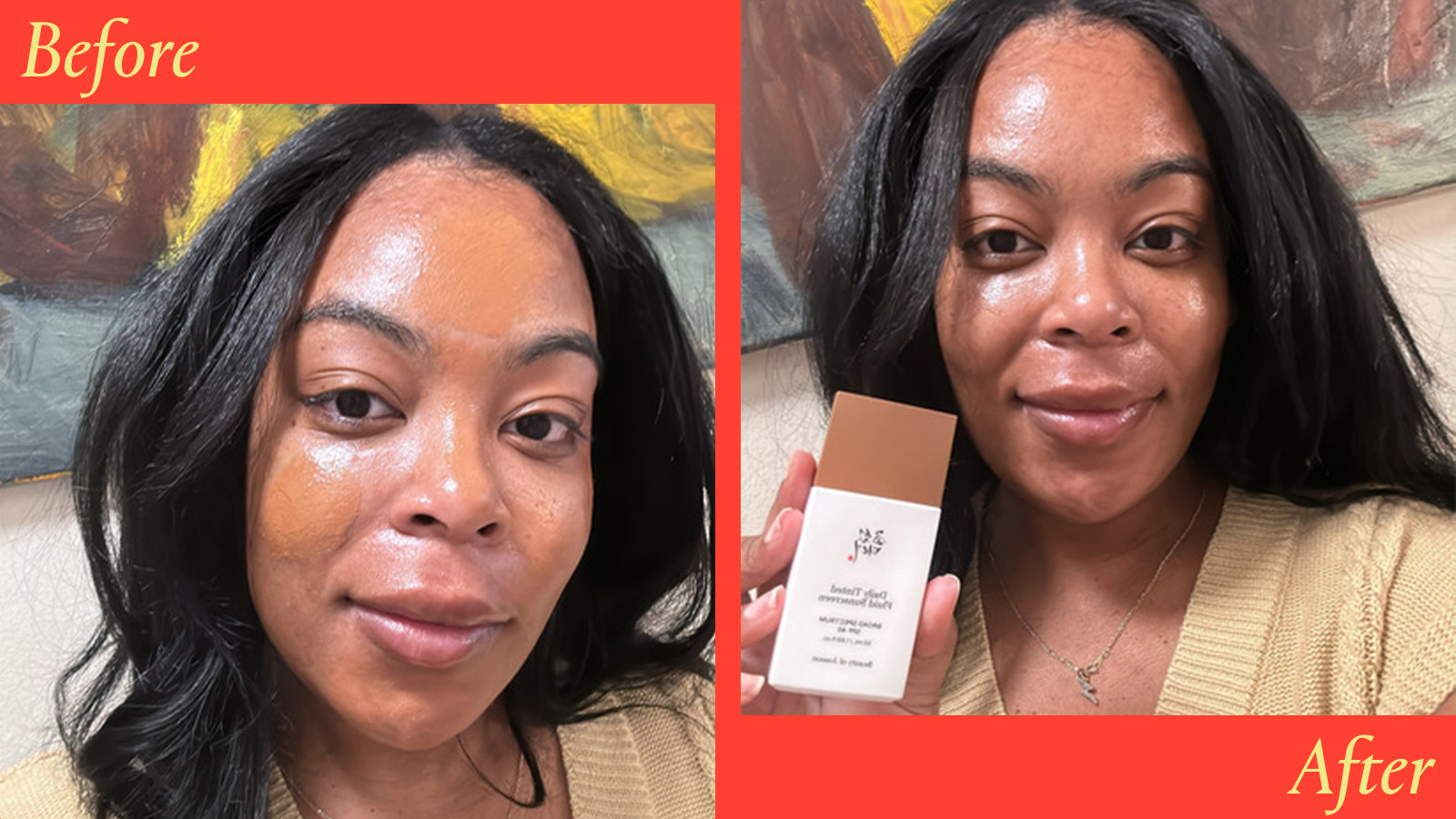
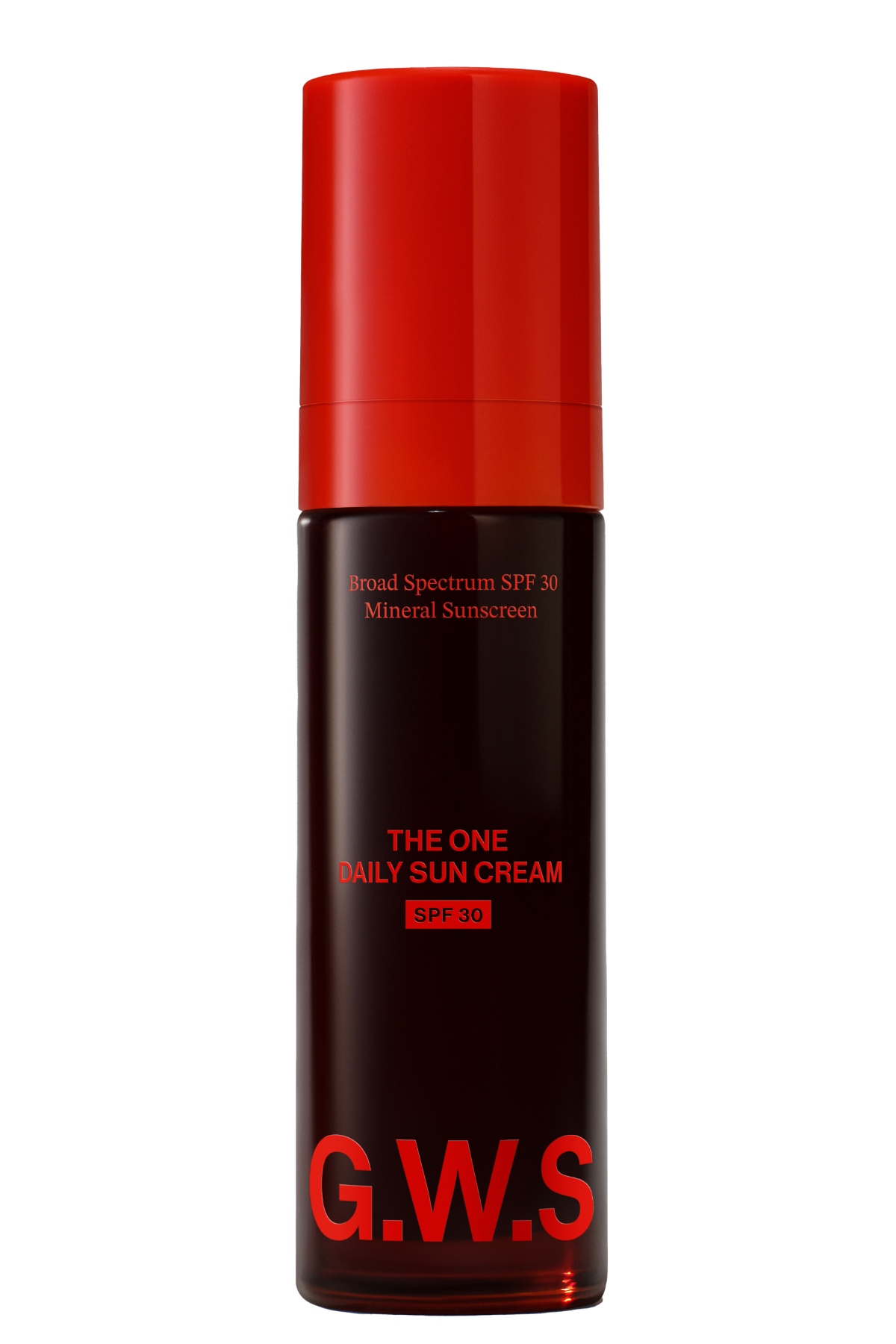
If you're after that healthy skin luminosity, this SPF has your name written all over it. The One, a mineral sunscreen, was created to feel like your favorite moisturizer with its buttery texture and fast absorption. The zinc-based formula is made with clean ingredients, safe for sensitive skin types, and has a soft yellow tint that blends seamlessly into all skin tones without leaving a white cast. It settles to more of a natural, skin-like glow than your typical dewy sunscreen.
What I Love: Contains skin-firming peptides and smoothing niacinamide for an even, plump complexion; Testers note that their sensitive skin feels comfortable with the SPF thanks to the fragrance-free and clean formula
What I Don't: May feel a slight tacky texture until the formula dries down
SPF: 30
Type: Mineral
Broad Spectrum Protection? Yes
MC Beauty Editor Review: "It took about 20 seconds to blend the formula into my skin, which is pretty fast for a mineral SPF (sometimes I need a full minute for my heavy-duty mineral sunscreens that I wear to the beach) and to my surprise and delight, all that I could see was a dewy, healthy glow. No remnants of sunscreen remained; everything absorbed with a pleasantly smooth, seamless finish. I also didn't feel like I had a heavy coating on my skin, despite the amount of product that I used. My complexion could still breathe, and after waiting five minutes to switch to makeup (again, this helps to avoid pilling), the sunscreen acted as a lovely base for my cream blush and highlighter." — Hannah Baxter, Beauty Director
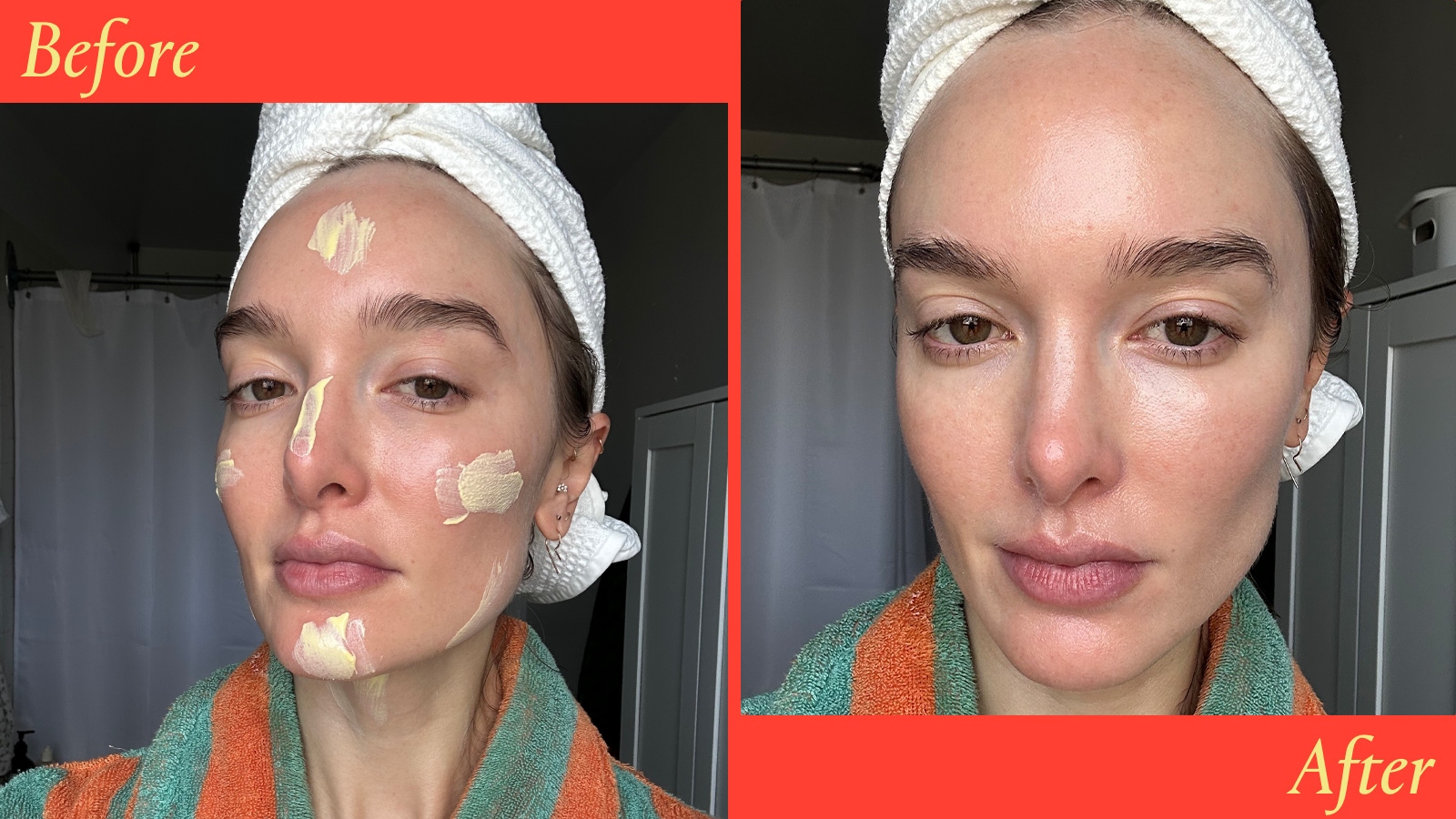
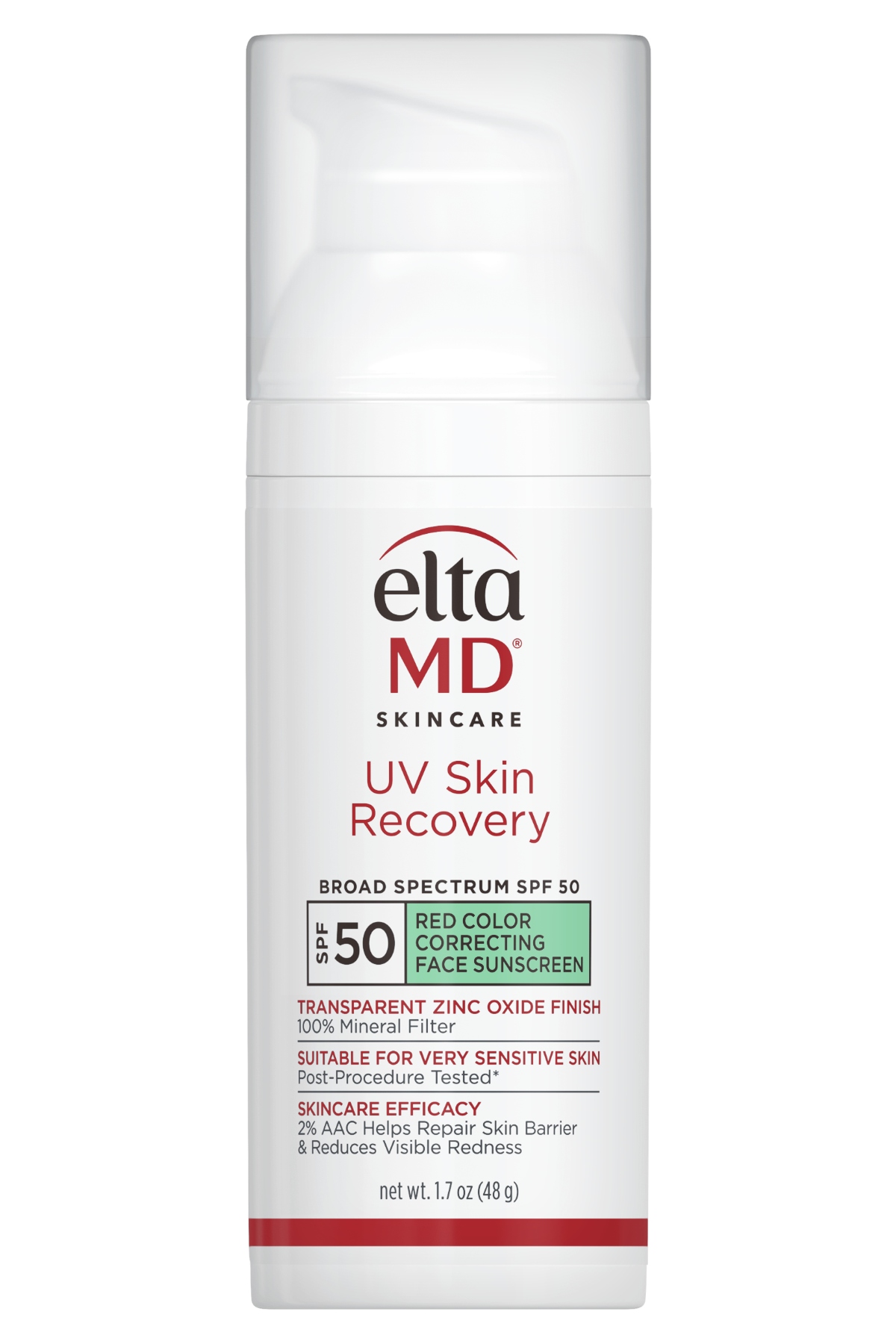
When someone asks me for a great all-around SPF, I immediately point to EltaMD. The brand's formulas are loved by dermatologists across the board, trusted by beauty editors, and often seen on the faces and in makeup bags of celebrities (hi, Hailey Bieber). So when EltaMD dropped a new sunscreen for sensitive and reactive prone skin, I was all ears. The gist: this all-mineral zinc-based formula uses a color-correcting green tint to help neutralize redness—a major perk for anyone with rosacea or easily irritated skin (hi, me). It's also packed with centella asiatica, a soothing antioxidant, plus a slew of barrier-supporting amino acids and ceramides.
What I Love: Centella asiatica soothes skin; Green tint neutralizes redness; Safe for even the most reactive skin types
What I Don't: The green neutralizing effects take a few minutes to work
SPF: 50
Type: Mineral
Broad Spectrum Protection? Yes
MC Beauty Editor Review: "Eltamd’s UV Clear has been one of my holy grails for years now, so when I heard the brand was releasing a new color-correcting formula, my interest was piqued to say the least. Just like my original favorite, the UV Skin Recovery is lightweight, ultra-nourishing (thanks to its blend of ceramides and amino acids), and leaves a natural, invisible finish. This one, however, has the added benefit of neutralizing redness immediately and over time. It isn’t an extremely dramatic difference, but I can definitely tell my skin is more even-toned, especially under makeup. I can’t wait to see how my skin improves in a couple of weeks with consistent use." — Brooke Knappenberger, Associate Commerce Editor
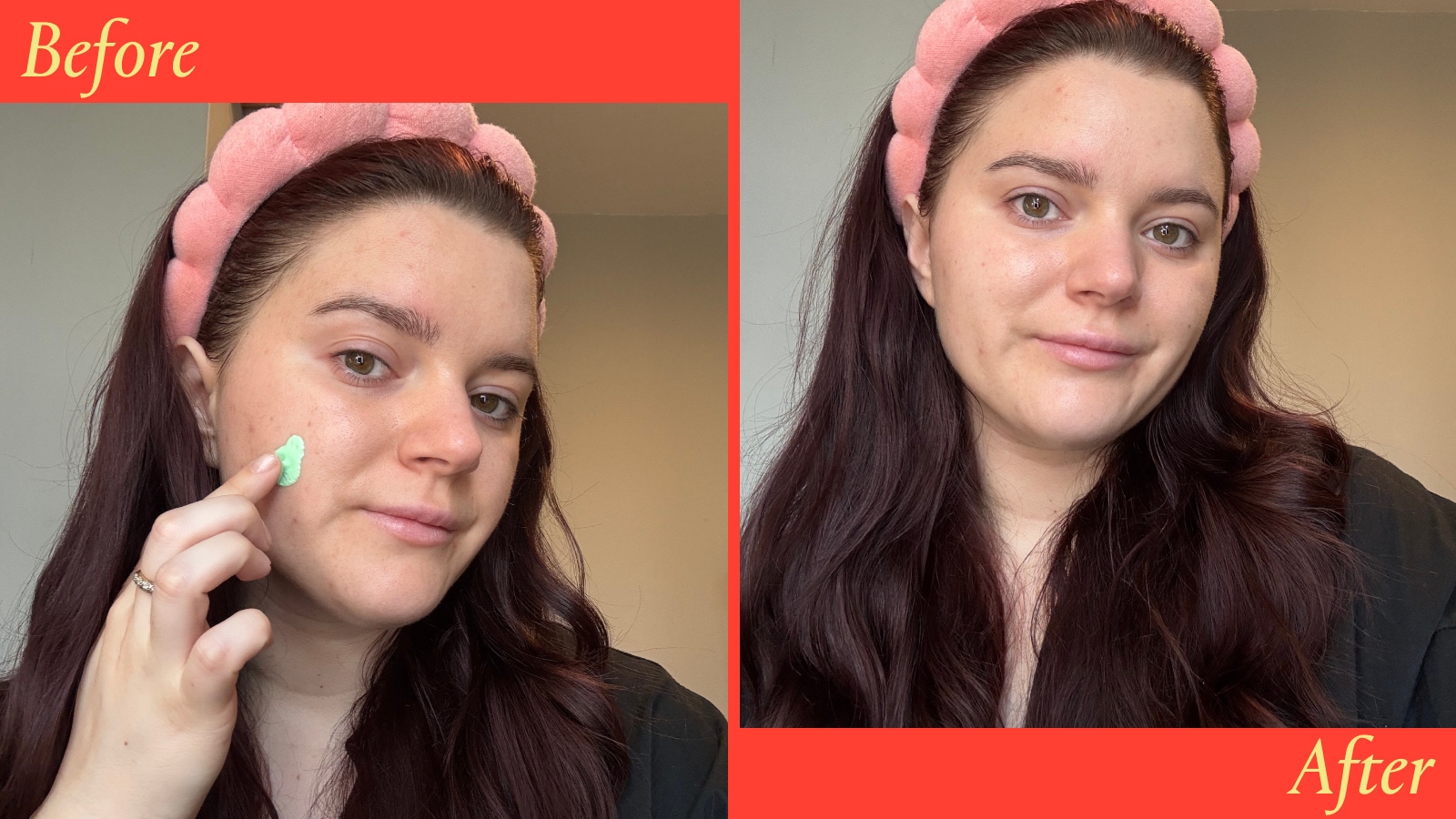
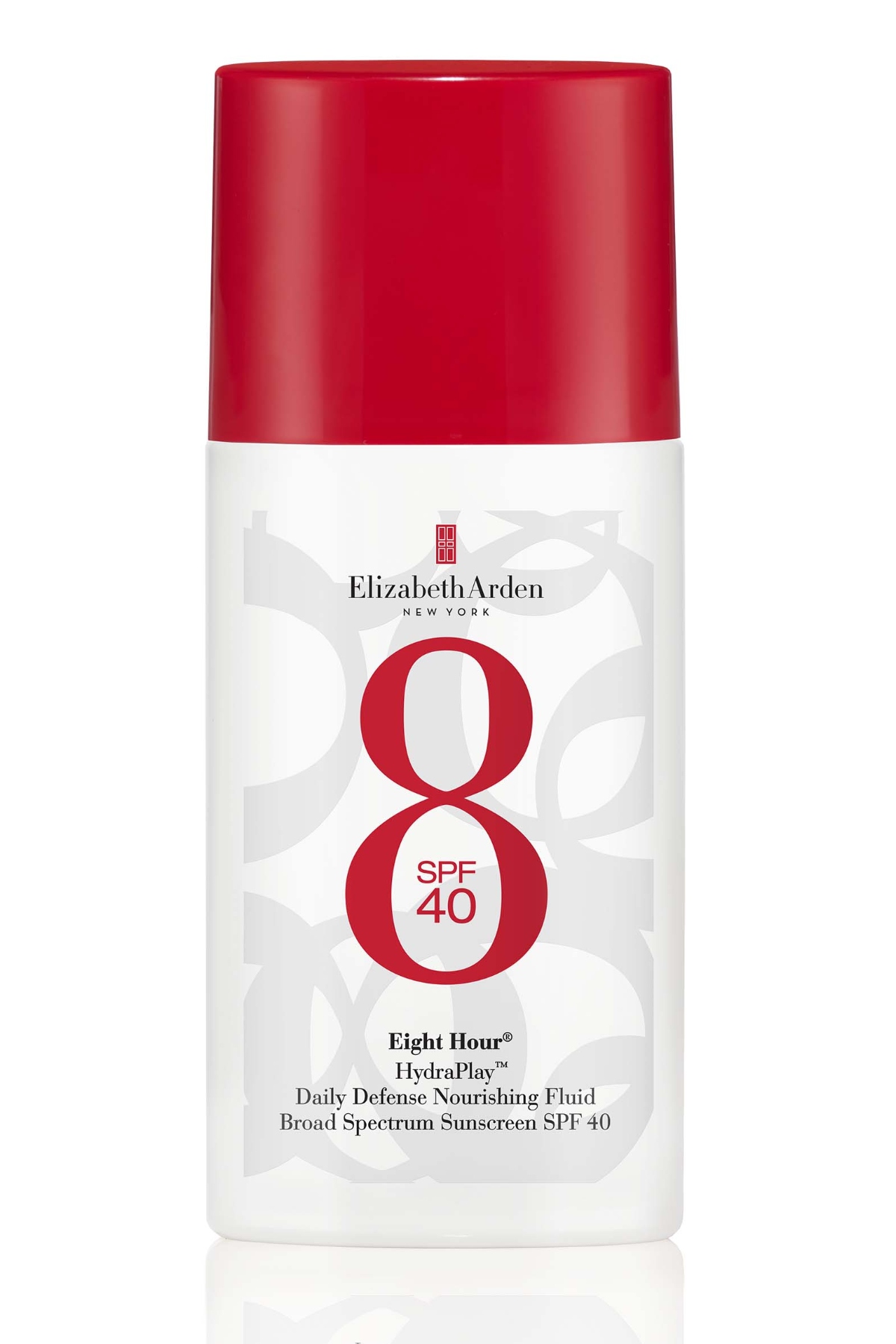
This silky-smooth, broad-spectrum SPF is an extension of Elizabeth Arden's iconic Eight Hour collection, first developed back in 1930. The line is filled with skin-protecting products designed to soothe, moisturize, and repair skin, and clearly, it works, considering its almost century-long fan base. The consistency of the new SPF falls somewhere between a serum and a toner—a lightweight, fluid texture that’s slightly viscous and creamy. Upon application, it feels silky and cushiony, with a non-sticky texture, and zero sign of white cast. Plus, it also shields your skin from environmental aggressors and blue light.
What I Love: Lightweight texture and feel; Contains antioxidants that protect against free radical damage (unstable molecules that exist in external stressors that damage skin cells and speed up aging)
What I Don't: It’s a chemical formulation, so it will require you to apply it 15-20 minutes before UV exposure
SPF: 40
Type: Chemical
Broad Spectrum Protection? Yes
MC Beauty Editor Review: "After not stopping my retinol in time for a wax appointment (and getting a nasty burn as a result), I've been using Elizabeth Arden's Eight Hour Night Cream to get my skin back on track. As a result, I've fallen down a rabbit hole and have become obsessed with numerous products from the line, including this new sunscreen. With an SPF factor of 40, this chemical sunscreen leaves behind no white cast. Instead, I get a gorgeous glow that makes it look like I drink 73 cups of water per day a.k.a. the juiciest skin known to man." — Ariel Baker, Beauty Writer
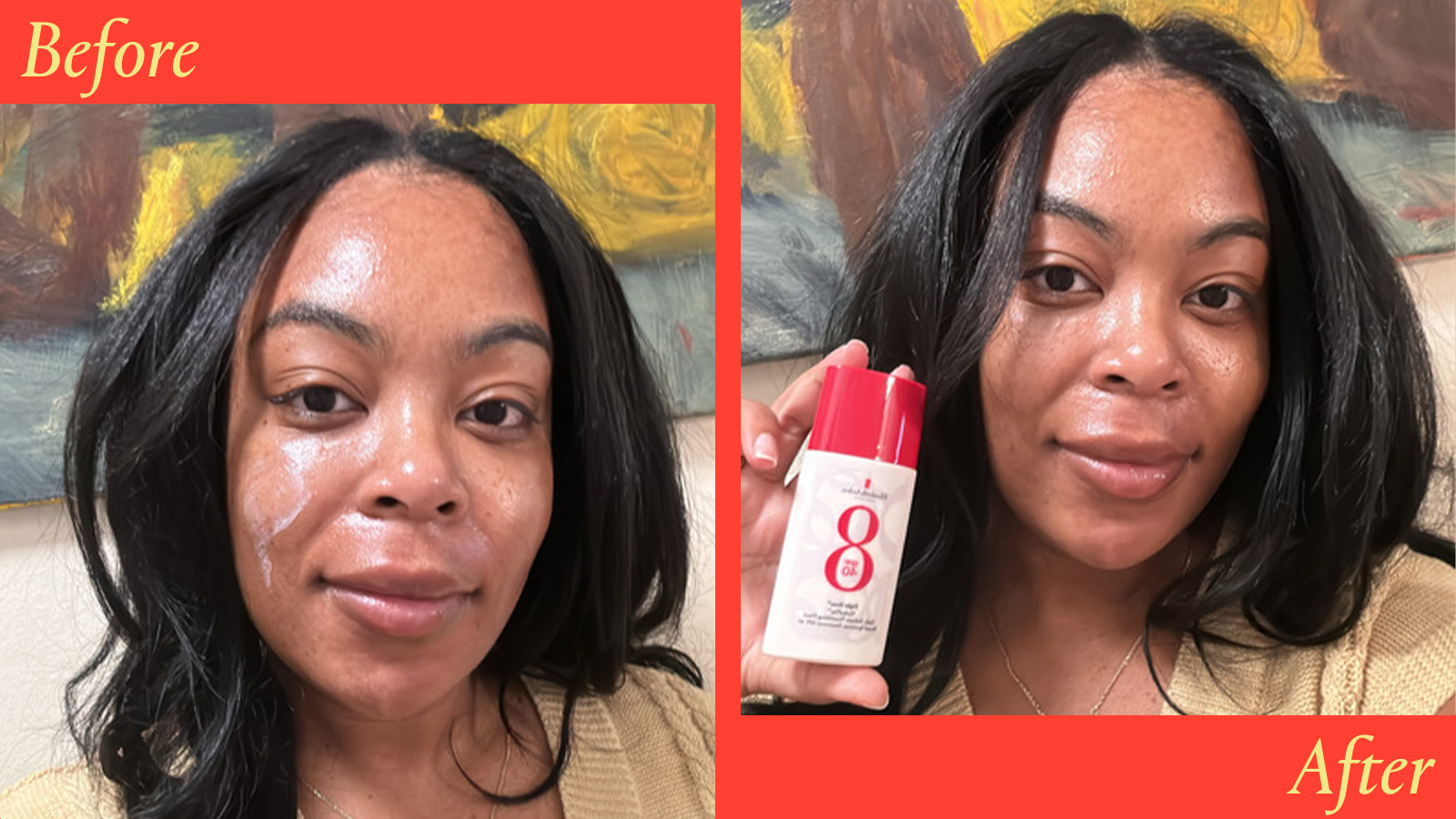
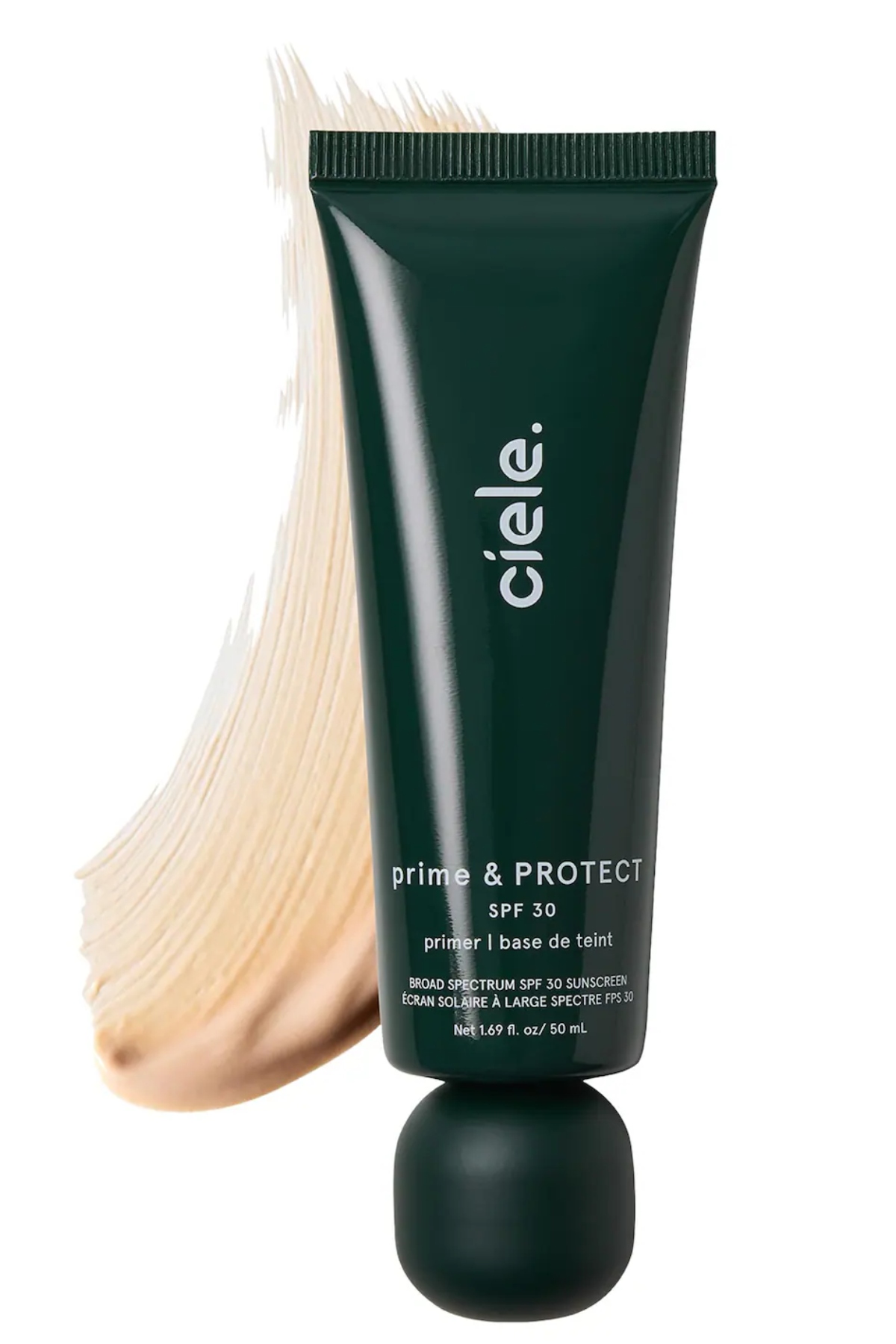
Celebrity makeup artist Nikki DeRoest’s beauty brand, Ciele, just dropped a priming SPF that blurs texture and uneven skin tone, making it the perfect base for your makeup routine. Unlike many sunscreens that struggle to layer under other products, this one stays smooth and pill-free. It comes with an SPF 30 and broad-spectrum protection from its mineral-based formula, while also including key antioxidants to protect against environmental aggressors.
What I Love: Safe for acne-prone skin; Blurs pores and texture; Slightly tinted color that won’t show on skin prevents a white cast
What I Don't: Because it's makeup, you'll have to ensure you're using enough for adequate protection, or, instead, use a dedicated SPF in tandem
SPF: 30
Type: Mineral
Broad Spectrum Protection? Yes
MC Beauty Editor Review: "As someone with incredibly sensitive, highly reactive skin, I rarely switch up my sunscreen. I’ve had the same two on tap for the past five years. That being said, it takes a truly impeccable formula to steal my loyalty. Such was the case with celebrity makeup artist Nikki DeRoest’s just-launched SPF. The fragrance-free formula has a silky texture that glides onto my skin like silk and imparts a soft, subtle, glowy sheen. It leaves my skin refined and smooth without any foundation." — Samantha Holender, Senior Beauty Editor
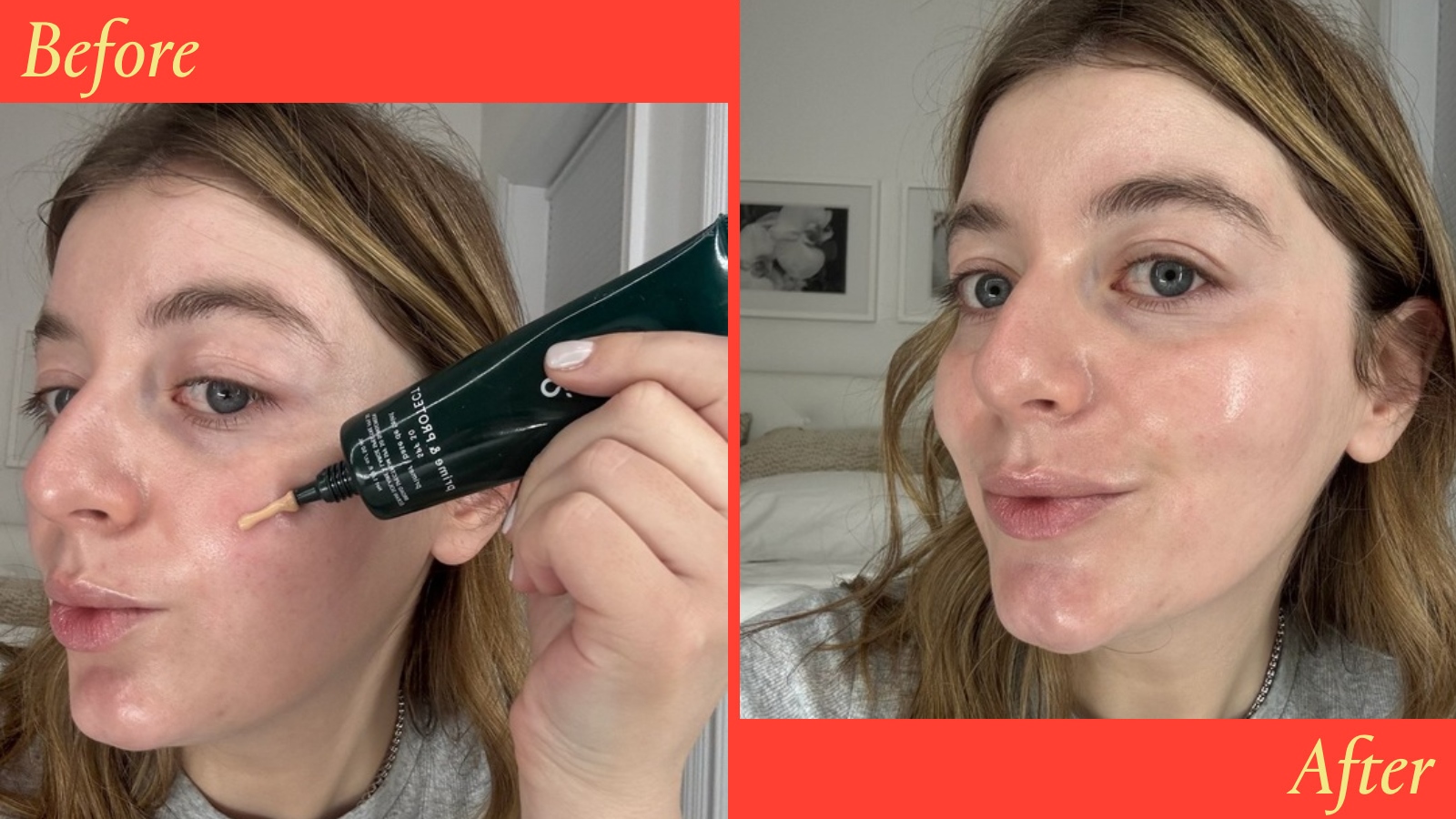
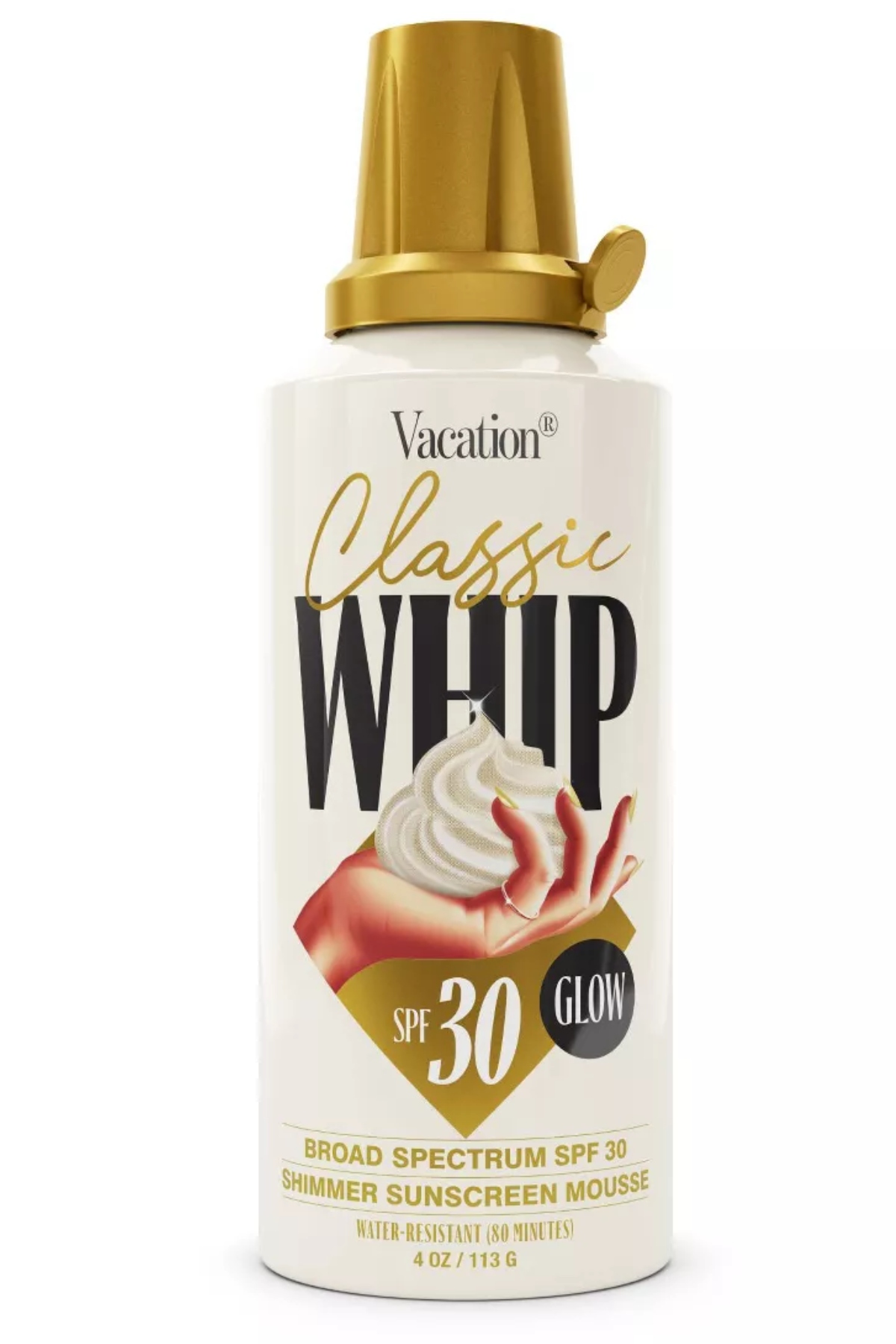
Mark my words, nothing will make you want to apply SPF more than the Vacation Classic Whip. What started as an SPF sensorial experience—that looks and feels like actual whipped cream—has been taken to the next level with this new glow formula, which leaves your skin looking radiant and hydrated. The texture is smooth and not at all sticky (an obvious trait of the real thing), blending effortlessly into the skin while providing broad-spectrum, water-resistant protection. And the best part? It has Vacation’s iconic nostalgic, beachy, sweet scent—like sunscreen, poolside cocktails, and summer skin.
What I Love: Doesn’t leave a tacky feeling; Shimmer particles give your skin a stunning glow, it’s not a chunky glitter situation
What I Don't: It’s not travel-friendly
SPF: 30
Type: Chemical
Broad Spectrum Protection? Yes
MC Beauty Editor Review: "From the texture, to the packaging, to the delivery, this SPF feels and looks like real whipped cream. It’s the funniest thing, whenever I bring it out around other people, they go crazy over it. A sunscreen that people beg to put on?! That’s a win for SPF all-around." — Siena Gagliano, Beauty Editor
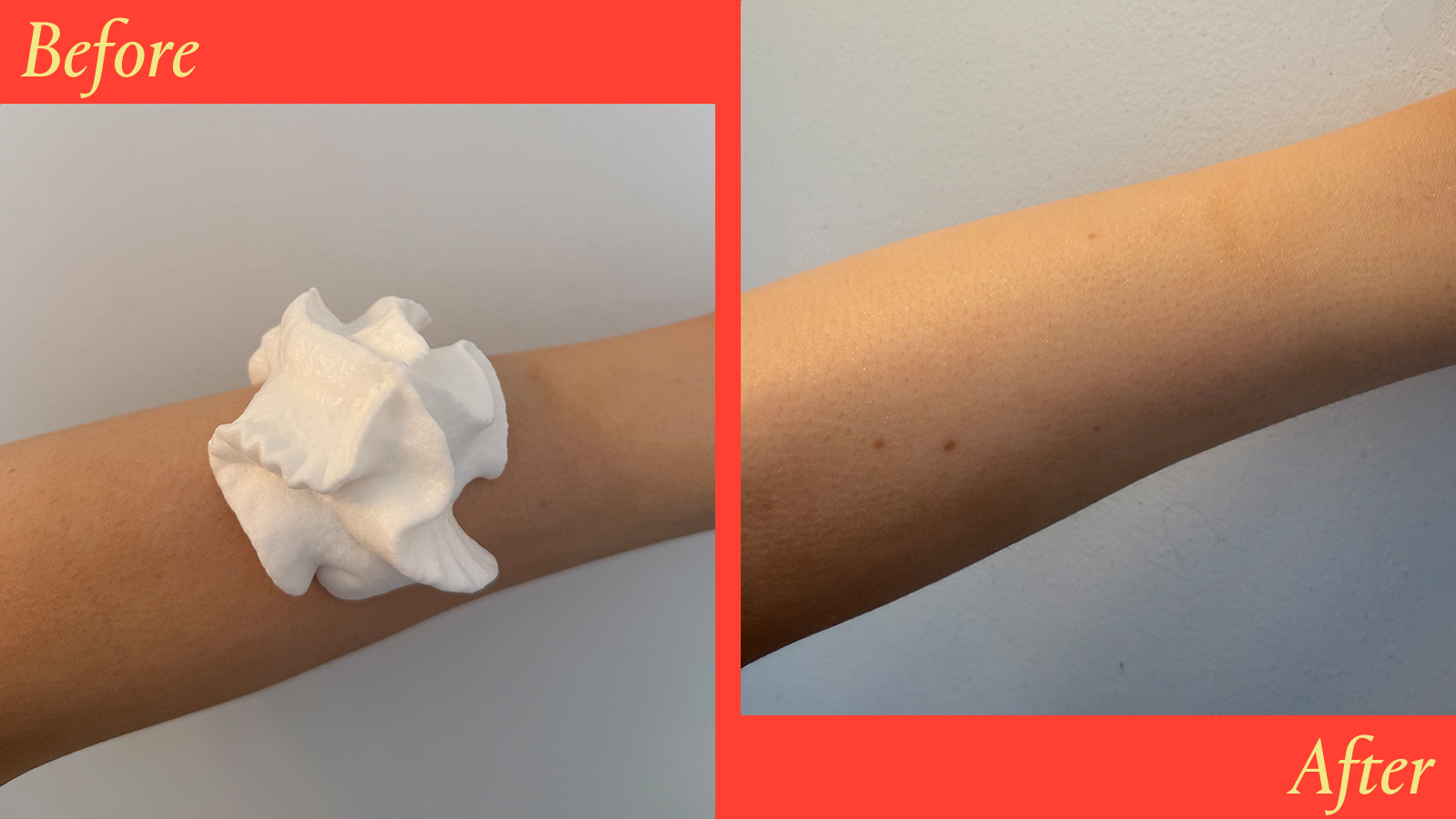
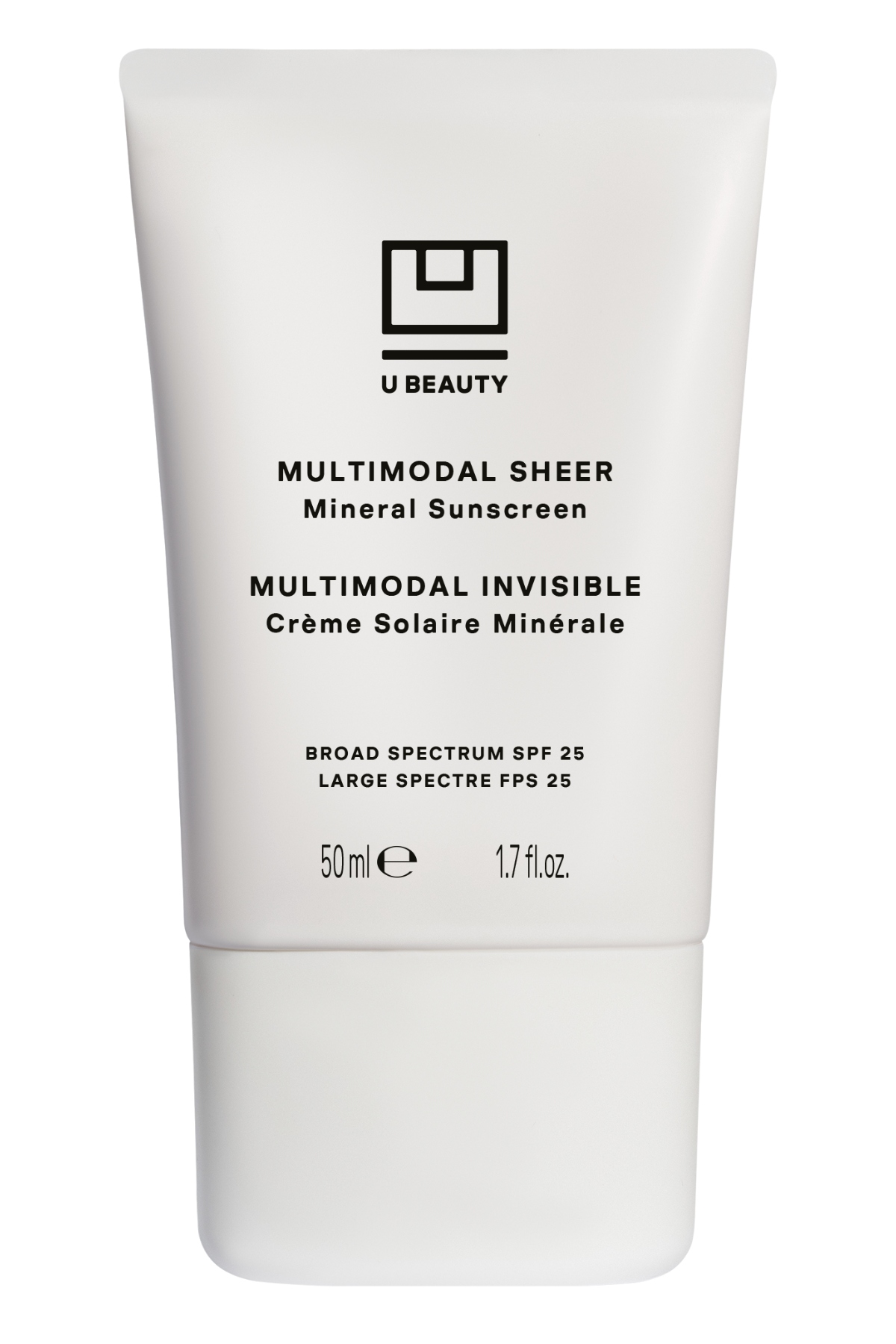
When it comes to any U Beauty product, you can count on results. I'm talking smooth, glowing skin immediately after application, while the formulas work at a cellular level for long-term collagen-boosting, line-smoothing effects. The brand's newly launched, zinc-based SPF acts as a hybrid primer and sunscreen, offering a soft-focus, blurring effect that's perfect for makeup or even for radiant skin on its own. Plus, it's infused with vitamin C to boost the sunscreen's efficacy and brighten your complexion over time.
What I Love: Antioxidants offer protection against free radical damage; Contains brightening ingredients for an even complexion; Won’t pill under makeup
What I Don't: Due to the lower SPF, if you’re planning a big day outdoors or at the beach, opt for something stronger
SPF: 25
Type: Mineral
Broad Spectrum Protection? Yes
MC Beauty Editor Review: "I am a U Beauty The Return Eye Concentrate girl until I die. It’s been my favorite product from the brand for years, but this SPF is giving it a run for its money. The texture almost like a combination of silk and powder—super sleek, absorbs in seconds, and leaves a velvety finish on the skin." — Samantha Holender, Senior Beauty Editor
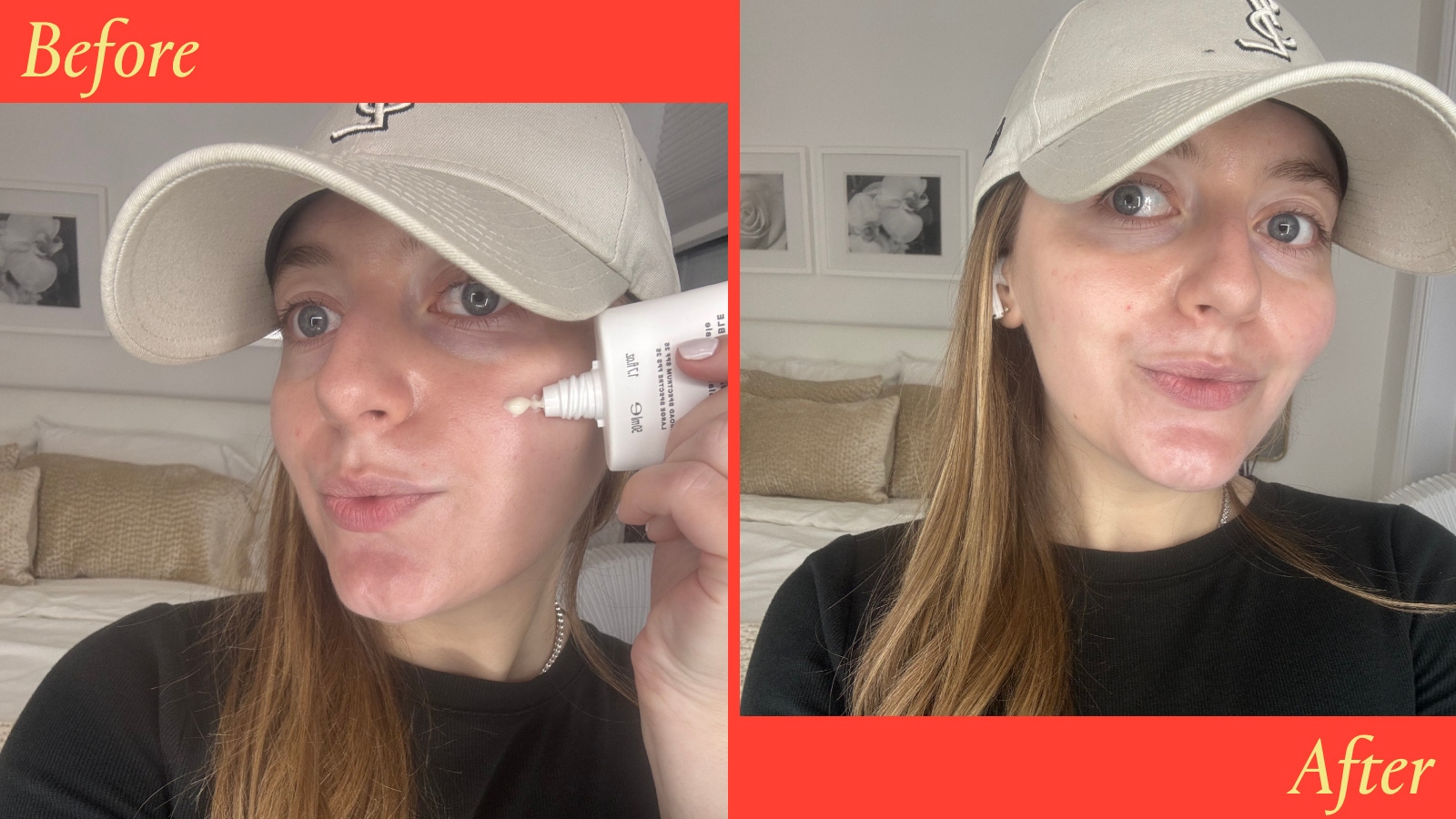
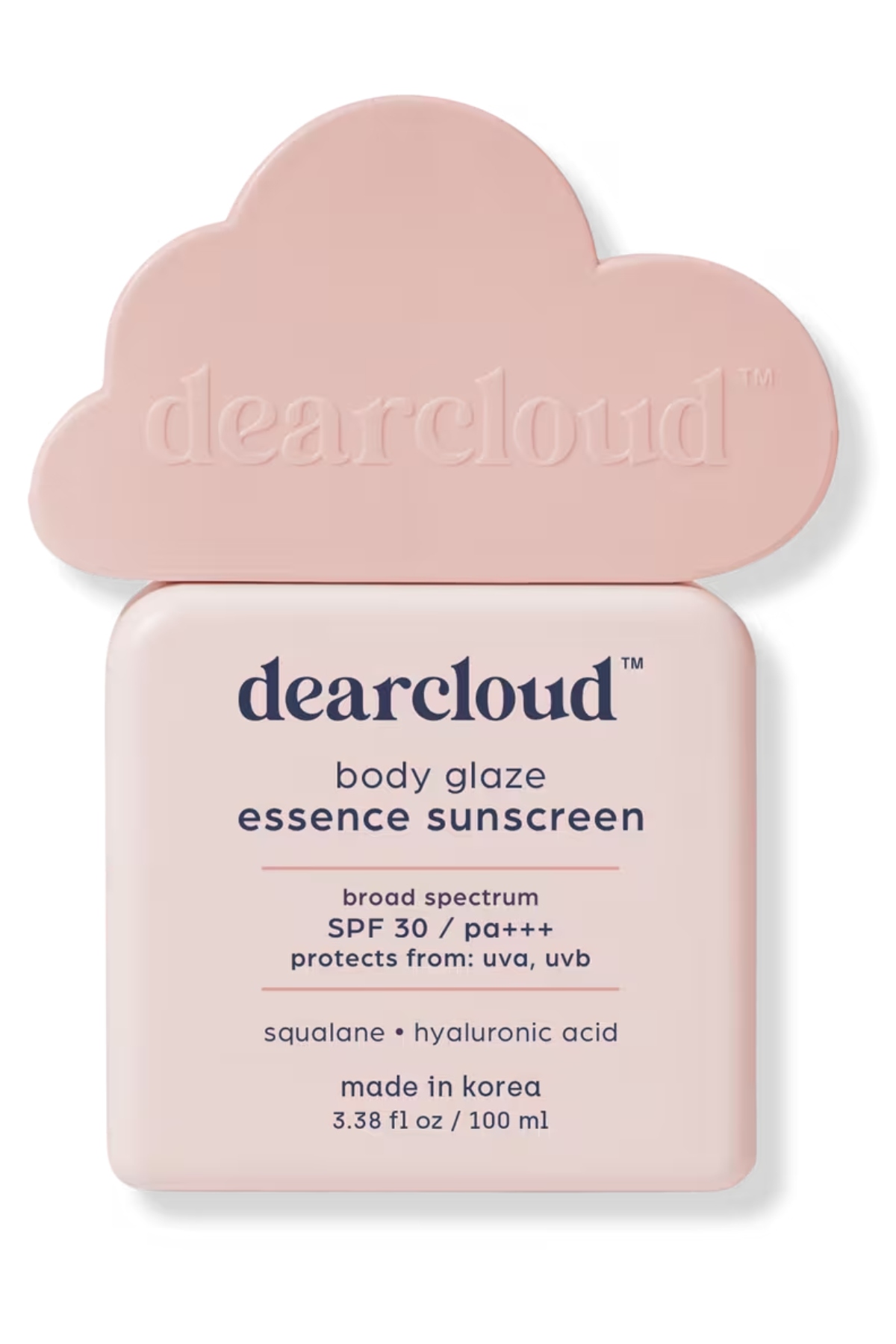
Imagine the signature K-beauty glass skin glow, but for your body. That's exactly what you get with the Dearcloud Body Glaze Essence Sunscreen. This South Korean-created formula has squalane, which helps soften the skin, and hyaluronic acid, which helps draw moisture into the skin—two key ingredients that keep your skin hydrated all day. The brand also uses the Japanese PA system (which rates protection against the “aging” rays, from PA+ to PA++++), so you can be sure your skin is safe against both UVA and UVB rays. Plus, it contains little gold specks of shimmer that impart the most stunning glow and add a little fun.
What I Love: Uses the PA system to measure broad-spectrum protection; Has the texture of a face sunscreen, but for your body
What I Don't: Doesn’t come with a ton of product, especially considering it’s a body SPF
SPF: 30
Type: Chemical
Broad Spectrum Protection? Yes
MC Beauty Editor Review: "There’s nothing worse than a sunscreen that’s sticky, goopy, and smelly—that’s why I’ve found a new favorite in Dearcloud’s formula. It feels more like a body lotion than a sunscreen, and for that, I’m obsessed. The texture is just right—not too thick, and not too thin—and it absorbs quickly, leaving a natural, glowy finish. My only complaint is that it does have pretty big chunks of glitter, which I don’t mind for my body, but it’s too noticeable on my face for my taste." — Brooke Knappenberger, Associate Commerce Editor
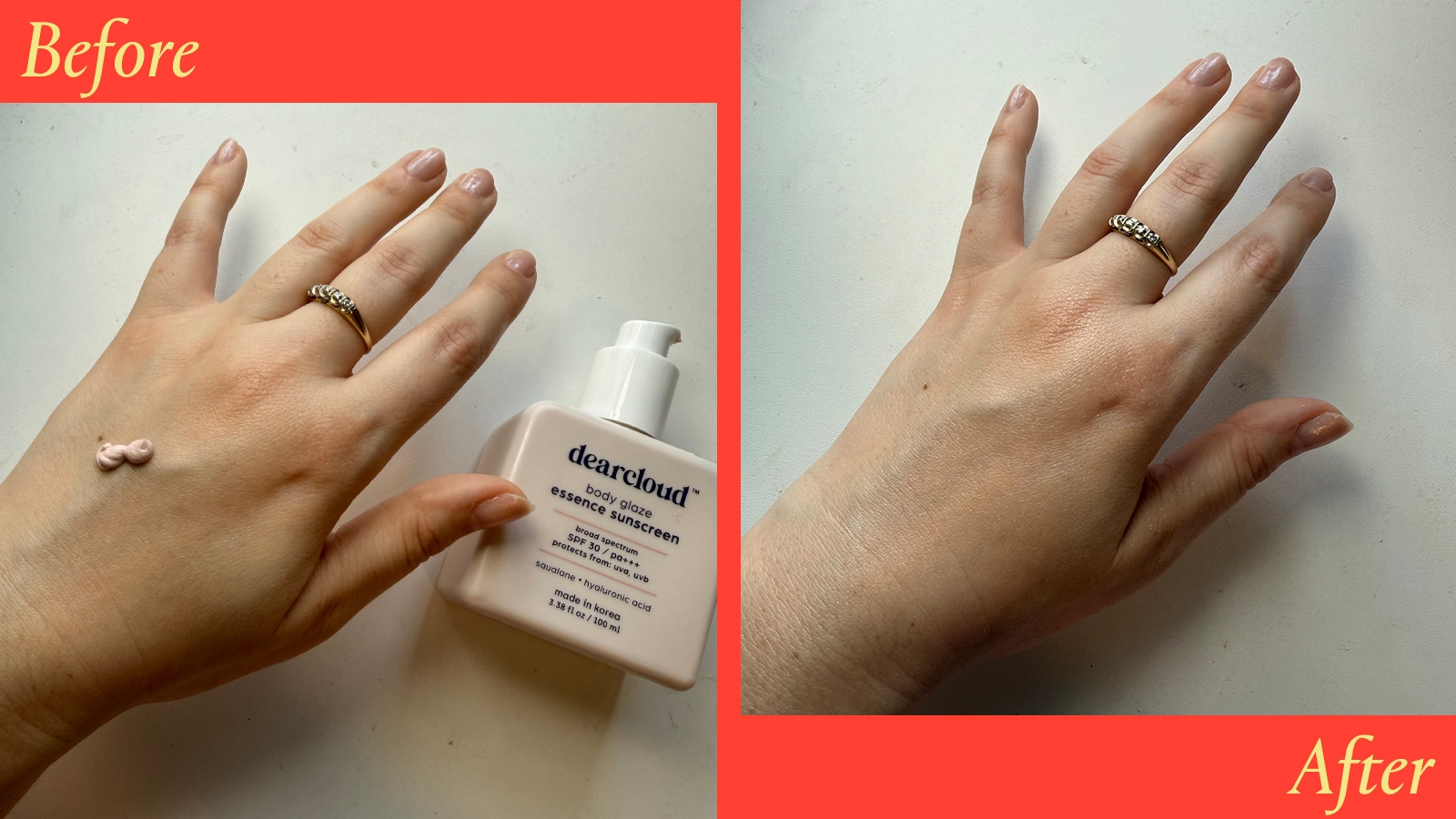
What is the Difference Between UVA and UVB Rays?
Two types of UV rays come from the sun: UVA and UVB. Dr. Gohara says to think of UVB as the "burning" rays and UVA as the "aging" and "always-present" rays.
- UVB Rays (the "burning" rays): These rays are responsible for sunburns and are measured by SPF. They fluctuate based on the time of day and season.
- UVA Rays (the "aging" rays): These rays are present all day, every day, and penetrate deeper into the skin. This accelerates aging and leads to wrinkles and dark spots.
While SPF measures UVB rays and results in sunburn, UVA rays are harder to measure. These rays result in long-term damage—think wrinkles, inflammation, age spots—meaning their effects are not immediately visible. There is also no universal standard for how well a sunscreen blocks UVA rays over time. That's why countries like Japan use the PA system, which ranks UVA protection with plus signs (PA+ to PA++++). Today, you'll often see U.S. brands adopting this system (indicated by PA labeling on the bottle), and while it's not perfect, it's a more helpful gauge than what brands used, or lack thereof, in the past.
As a rule of thumb, look for sunscreens labeled with "broad-spectrum" protection to ensure you're blocking both UVA and UVB rays. "Both types of UV rays are carcinogenic and can lead to skin cancer," says Dr. Gohara.
Get exclusive access to fashion and beauty trends, hot-off-the-press celebrity news, and more.
What Does SPF Mean?
There's a lot of misconception around SPF numbers—and honestly, I used to be confused too. Before I became a beauty editor and talked to dermatologists and cosmetic chemists daily, I assumed SPF 30 meant twice the protection of SPF 15. Same with 50 and 100. It seems logical, right? But that's not how SPF works.
SPF stands for Sun Protection Factor, and it measures how much longer your skin is protected from UVB-induced redness and sunburn compared to no protection, says Dr. Gohara. For example, if you usually burn in 10 minutes, an SPF 30 would, in theory, let you stay in the sun 30 times longer without burning than you would without protection—that buys you 300 minutes (30 times 10).
What really matters, though, is how much UVB radiation is blocked from your skin. SPF 15 filters out around 93 percent of rays, SPF 30 filters 95 percent, and SPF 50 filters 98 percent. And while those few percentage points may seem small, "cumulatively, they make a big difference, especially if you're frequently outdoors or have skin that is more vulnerable to sun damage," says Dr. Gohara.
Across the board, dermatologists widely agree that SPF 30 is the minimum requirement for adequate protection—so long as you're applying it properly, says Dr. Gohara (think: a golf ball-sized amount for the full body and reapply every two hours). Also, make sure the formula says "broad spectrum" on the label to ensure you're shielded from both UVA and UVB rays.
Chemical vs. Mineral:
Most sunscreen products contain a series of ingredients to offer protection against UV damage while maintaining a cosmetically pleasant formulation (think: smooth feeling, no white cast, won’t pill). While added emollients and humectants work towards a pleasant texture and moisture, the main source of protection comes from the UV filters. There are two types of sunscreen: chemical and mineral. Dr. Gohara breaks them down.
- Mineral
Mineral sunscreens (also known as physical) sit on top of the skin and reflect and scatter harmful UV rays—think: like a shield. Zinc oxide and/or titanium dioxide are the mineral sunscreen filters responsible for the deflection. These are often ideal for sensitive, acne-prone, or post-procedure skin since they’re less likely to irritate.
- Chemical
Chemical sunscreens absorb UV rays and convert them to heat—think: like a sponge. In chemical sunscreens, one or more of the common U.S. ingredients can be found: avobenzone, oxybenzone, octocrylene, octisalate, octinoxate, and homosalate. These filters tend to be sheerer, smoother, and lighter in texture than minerals, and a better option for deeper skin tones (no white cast to be found), but they're more regulated in the U.S.
UV Filter Development in the US
Even with the influx of new SPF launches, there's still one major catch: The United States is way behind. Dr. Gohara explains that thanks to outdated FDA rules and sunscreen companies not providing enough safety data, newer, more advanced UV filters—already widely used in Europe and parts of Asia—are still not approved stateside. This means that many of your favorite U.S. brands are still working with a limited toolbox.
The situation is complicated by how sunscreen filters are regulated in the U.S. Unlike in Europe and Asia, where sunscreen filters are considered cosmetic ingredients, in the U.S., they’re classified as over-the-counter drugs. That distinction, says David Andrews, Chief Science Officer at the Environmental Working Group, "creates a standoff where the public is barred from using modern products."
The FDA proposed updated regulations in 2019 and again in 2021 to improve UVA protection, cap SPF values, and remove ingredients lacking safety data, but Andrews says this nearly six-year-old proposal has yet to be finalized. "The best available sunscreen products should be available to consumers," he says, noting that it's "extremely concerning that this is not happening." Dermatologists are also concerned: "The U.S. sunscreen market is gradually improving, but it still lags behind many international markets," says Dr. Gohara. "Countries in Europe and parts of Asia have access to a broader array of advanced UVA filters, allowing for more cosmetically elegant, high-protection formulas." The more advanced filters used internationally? Tinosorb S or Uvinul A Plus, she says.
All this to be said, just remember, at the end of the day, "a good sunscreen is one you’ll actually use, daily, generously, and without hesitation," says Dr. Gohara. Because any protection is better than none at all.
Why Trust Marie Claire?
For more than 30 years, Marie Claire has been an internationally recognized destination for news, fashion, and beauty trends, investigative packages, and more. When it comes to the products Marie Claire recommends, we take your faith in us seriously. Every product that we feature comes personally recommended by a Marie Claire writer or editor, or by an expert we’ve spoken to firsthand.
How We Tested
For this story, the beauty editors of Marie Claire rigorously reviewed dozens of new SPF formulas that dropped in 2025. After determining the top picks alongside dermatologists and experts, we tested each SPF for its UV protection, ingredient profile, finish, texture, formulation, and feel to determine this list of the 10 all-time best new sunscreens in 2025. We also evaluated customer reviews and best-selling products across our favorite retailers.
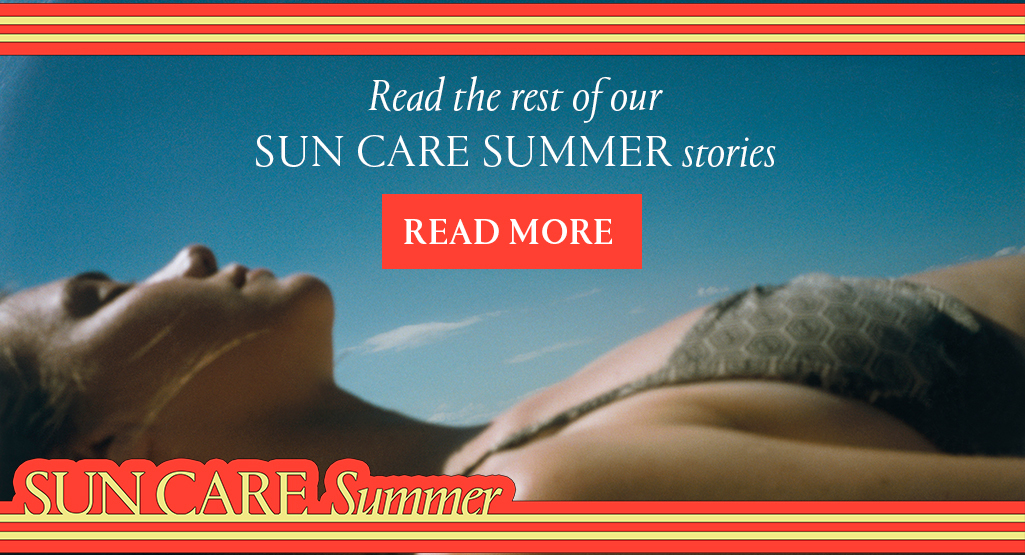
Meet the Experts

Dr. Mona Gohara, a Yale-trained board-certified dermatologist and former chief resident at Yale New Haven Hospital, is an associate clinical professor at Yale, where she continues to teach and mentor. As President of the Women's Dermatologic Society and chair of several committees for the American Academy of Dermatology and the American Society for Dermatologic Surgery, Dr. Gohara is a recognized leader in her field. A trusted medical expert, she frequently contributes to Marie Claire, ELLE, Cosmopolitan, Vogue, and more, and serves on the advisory board for Women's Health. Her clinical focus and interests include skin of color and both medical and surgical dermatology.
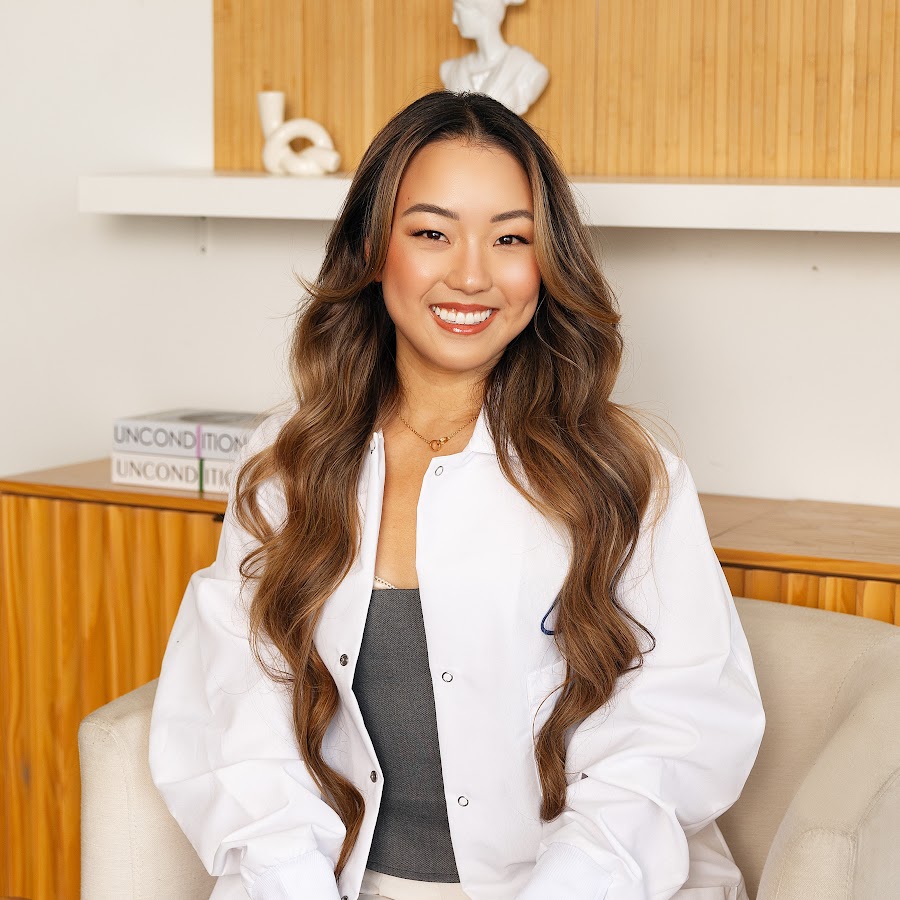
After graduating with a chemistry degree from UCI, Jane Tsui worked extensively in the cosmetic chemistry space as a formulator, from contract manufacturers to big pharma. Jane has grown an immense passion for skincare and makeup and enjoys bringing her knowledge to her audience via easy-to-digest daily content.

David Andrews uses his background in chemistry to lead the Environmental Working Group's research efforts on public and environmental health issues. His work focuses on protecting public health by educating consumers and driving change to government policies and regulations. His research has focused on consumer products, cosmetics, drinking water contaminants, food additives, nanomaterials, and industrial chemicals. While working at EWG over the past decade, David has conducted hundreds of media interviews and contributed to more than a dozen scientific publications.
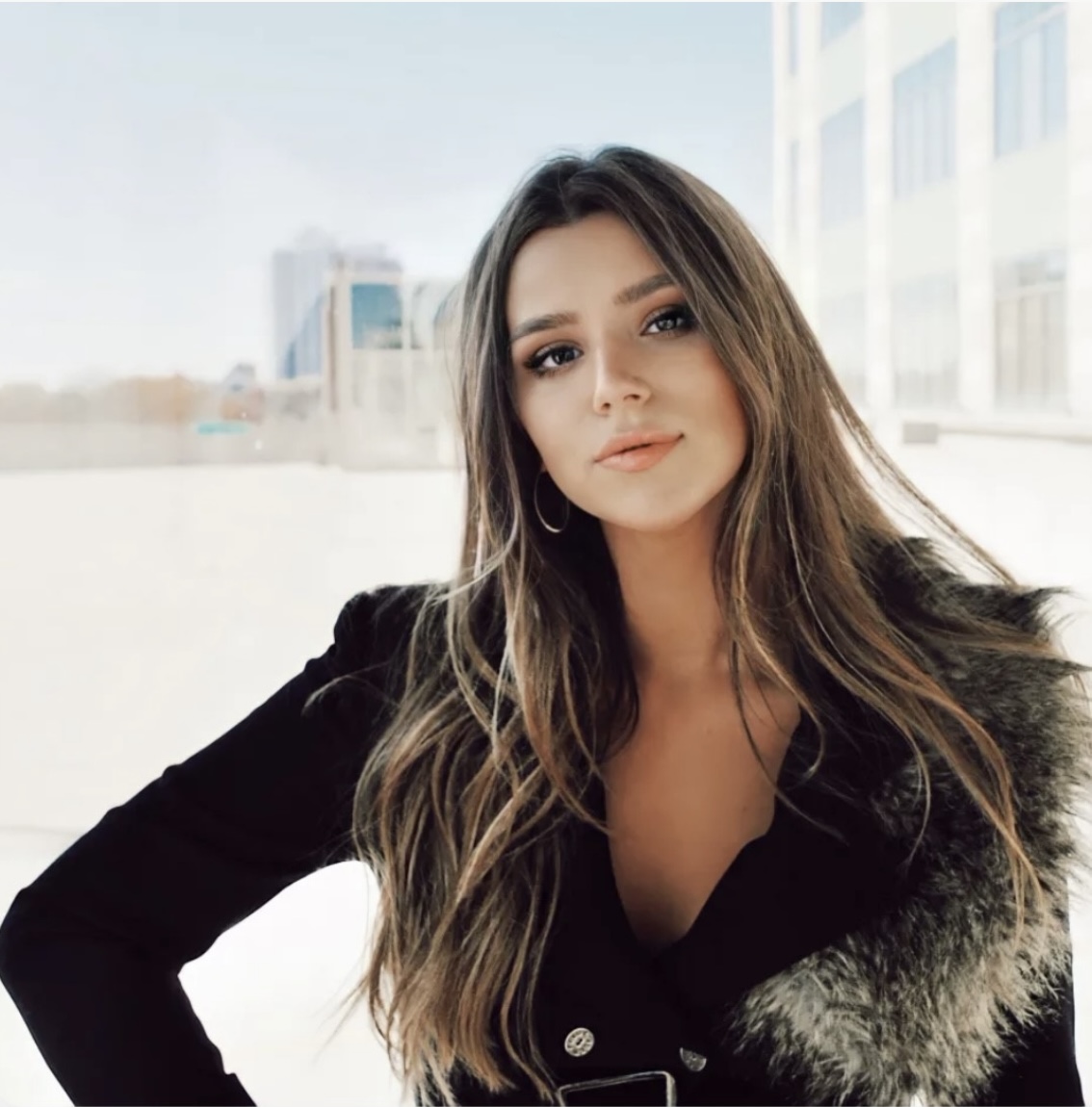
Siena Gagliano is the Beauty Editor at Marie Claire, where she writes and edits reported features, trend stories, and expert-backed shopping roundups. Before joining the team full-time, she was an editor at Cosmopolitan, where she specialized in SEO-first beauty content and commerce strategy. Her bylines have also appeared in Allure, ELLE, Bustle, Well+Good, Popsugar, and Women's Health, covering everything from the best products for brighter, glowier skin to the science behind face mapping. Curious about the behind-the-scenes magazine life and her go-to beauty picks? Follow her on Instagram at @sienagagliano.